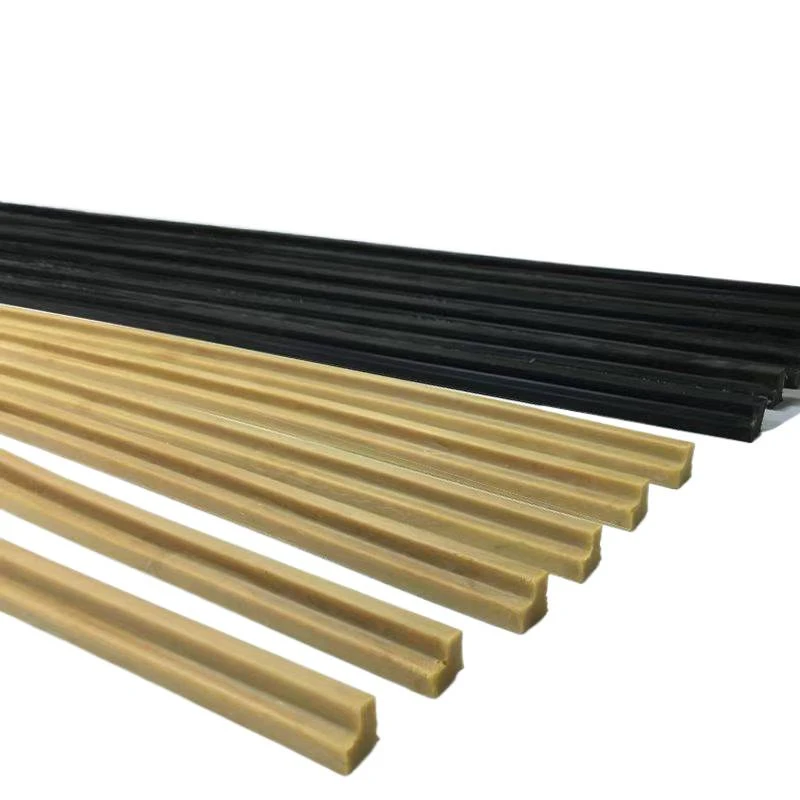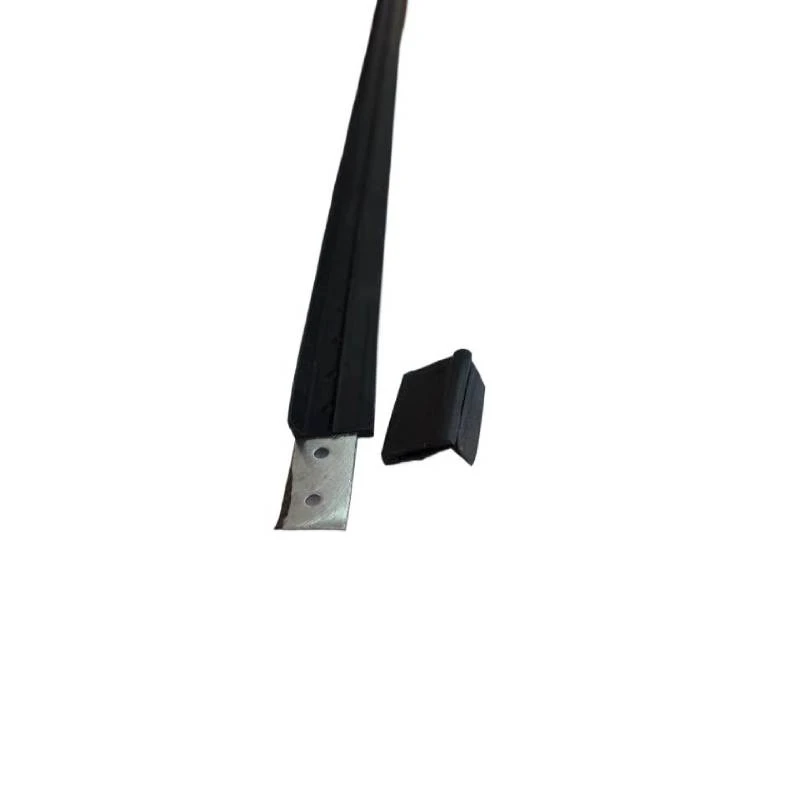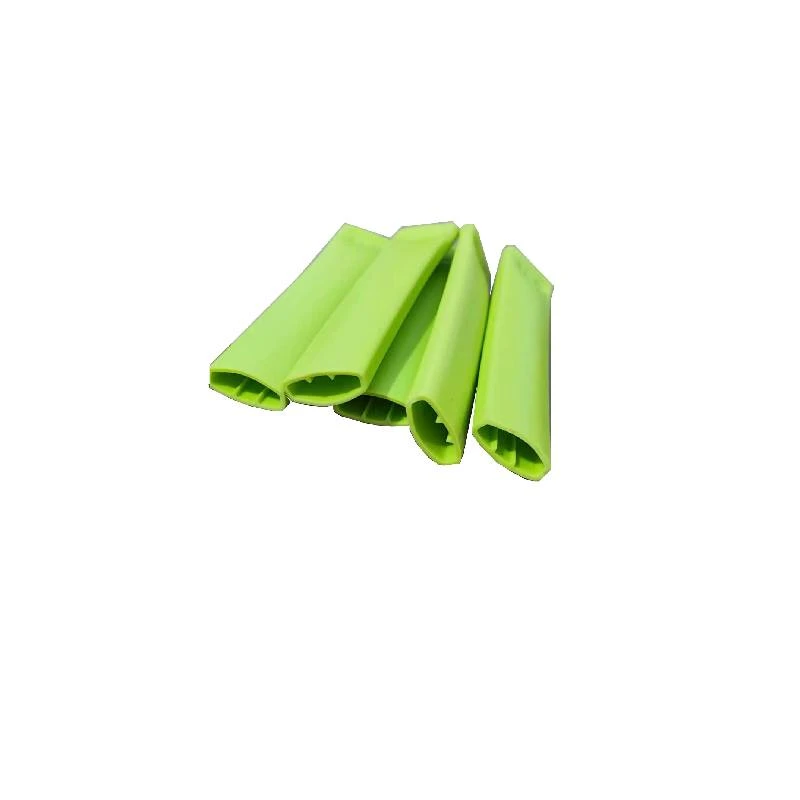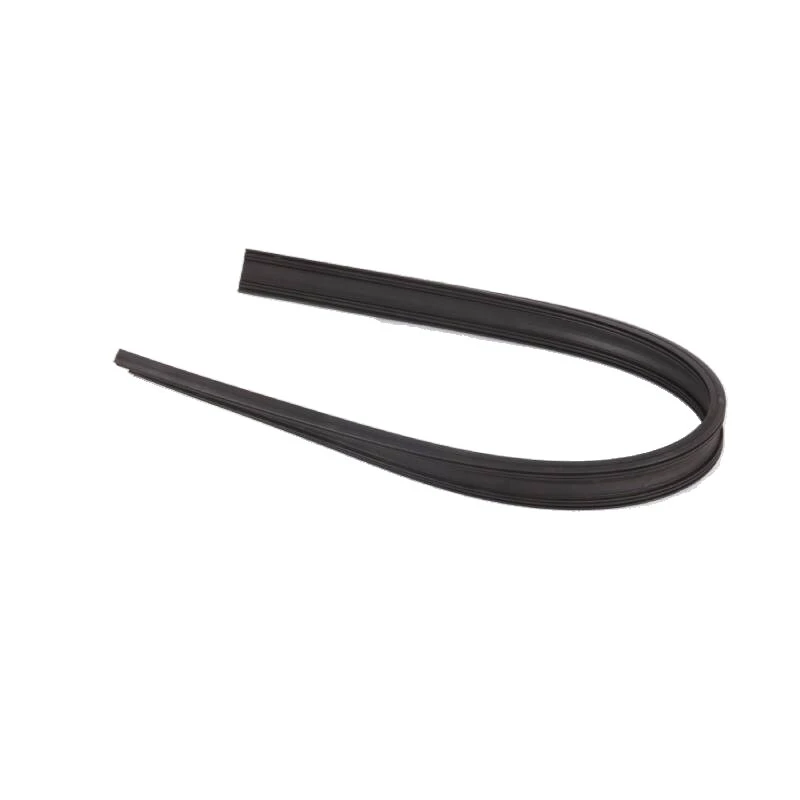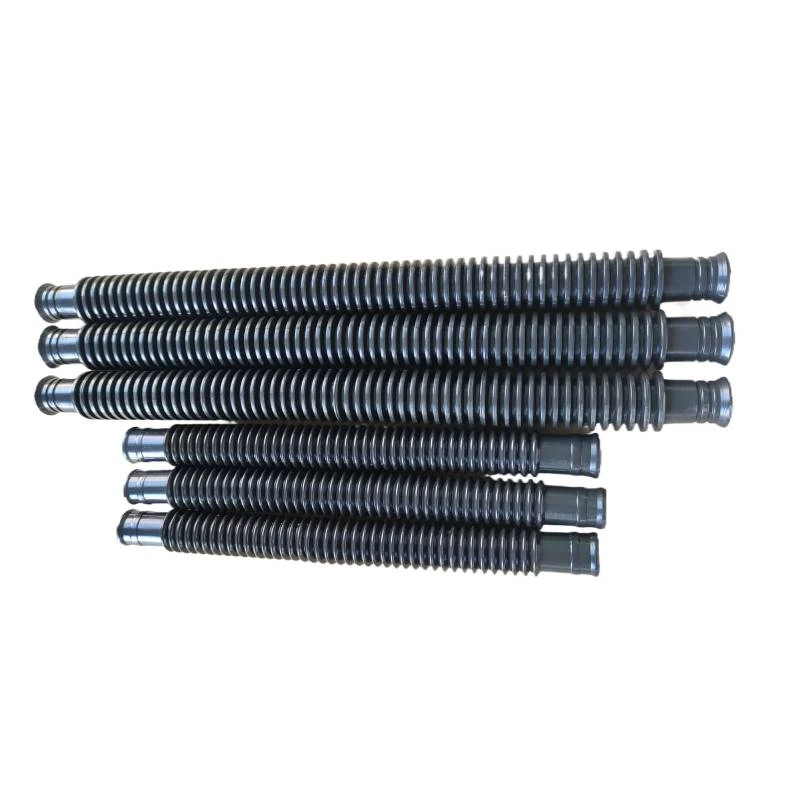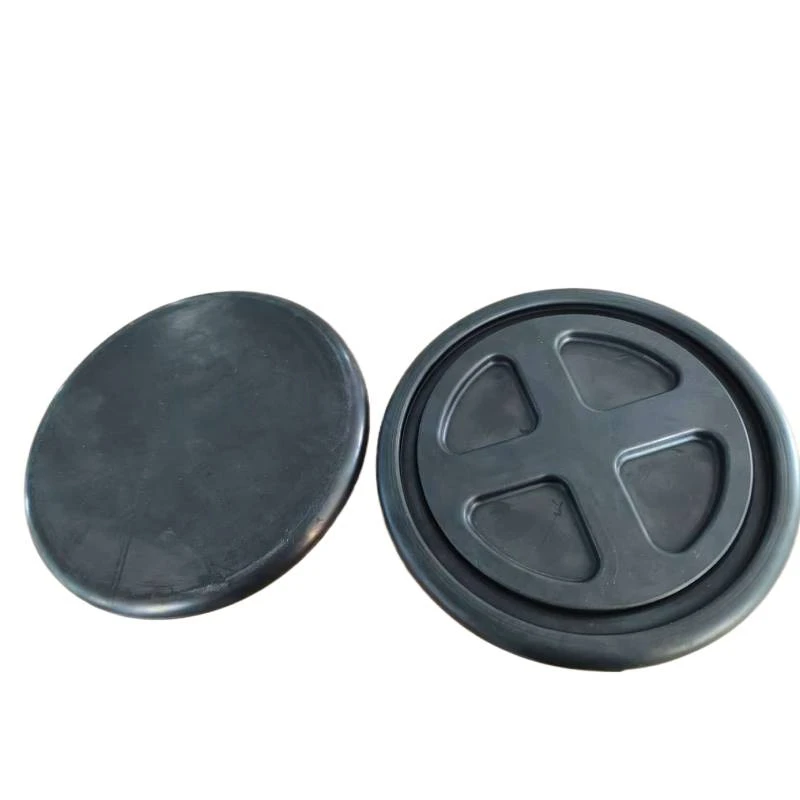
- Afrikaans
- Albanian
- Amharic
- Arabic
- Armenian
- Azerbaijani
- Basque
- Belarusian
- Bengali
- Bosnian
- Bulgarian
- Catalan
- Cebuano
- chinese_simplified
- chinese_traditional
- Corsican
- Croatian
- Czech
- Danish
- Dutch
- English
- Esperanto
- Estonian
- Finnish
- French
- Frisian
- Galician
- Georgian
- German
- Greek
- Gujarati
- haitian_creole
- hausa
- hawaiian
- Hebrew
- Hindi
- Miao
- Hungarian
- Icelandic
- igbo
- Indonesian
- irish
- Italian
- Japanese
- Javanese
- Kannada
- kazakh
- Khmer
- Rwandese
- Korean
- Kurdish
- Kyrgyz
- Lao
- Latin
- Latvian
- Lithuanian
- Luxembourgish
- Macedonian
- Malgashi
- Malay
- Malayalam
- Maltese
- Maori
- Marathi
- Mongolian
- Myanmar
- Nepali
- Norwegian
- Norwegian
- Occitan
- Pashto
- Persian
- Polish
- Portuguese
- Punjabi
- Romanian
- Russian
- Samoan
- scottish-gaelic
- Serbian
- Sesotho
- Shona
- Sindhi
- Sinhala
- Slovak
- Slovenian
- Somali
- Spanish
- Sundanese
- Swahili
- Swedish
- Tagalog
- Tajik
- Tamil
- Tatar
- Telugu
- Thai
- Turkish
- Turkmen
- Ukrainian
- Urdu
- Uighur
- Uzbek
- Vietnamese
- Welsh
- Bantu
- Yiddish
- Yoruba
- Zulu
Rubber Cover Caps - Durable Protective Fittings & Plugs
Strategic Insights into Rubber Cover Caps and Industrial Protective Solutions
In the demanding landscape of modern industrial operations, the integrity and longevity of critical infrastructure components are paramount. This is where specialized protective elements, such as rubber cover caps, play a pivotal role. These seemingly simple yet incredibly vital components are engineered to shield exposed pipe ends, fittings, and other vulnerable parts from environmental degradation, mechanical damage, and contamination. The market for industrial protective solutions is currently experiencing robust growth, driven by increasing automation, stringent safety regulations, and the need for enhanced operational efficiency across diverse sectors. Industry analysts project a significant CAGR in the protective covers segment, spurred by the expansion of petrochemical, oil and gas, manufacturing, and general engineering industries. Factors contributing to this growth include the escalating cost of equipment replacement, a heightened focus on preventative maintenance, and the global push towards sustainable industrial practices. Furthermore, the rising demand for specialized materials that can withstand extreme temperatures, corrosive chemicals, and high-pressure environments is pushing innovation in rubber compounds and manufacturing techniques. This comprehensive overview delves into the technical intricacies, application diversity, and strategic importance of these indispensable industrial safeguards, providing decision-makers with the insights needed to optimize their procurement and operational strategies.
Deciphering Rubber Cover Caps: Technical Specifications and Performance Advantages
Understanding the technical parameters of rubber cover caps is crucial for optimal selection and performance. These caps are not merely generic stoppers; they are precision-engineered components designed to meet specific industrial requirements. Key parameters include material composition, durometer hardness (measured in Shore A), temperature resistance range, chemical compatibility, and dimensional accuracy. Common materials include EPDM (Ethylene Propylene Diene Monomer) for excellent weather and ozone resistance, Neoprene for oil and chemical resistance, Silicone for high-temperature applications, and Natural Rubber for superior elasticity and abrasion resistance. Each material offers a unique balance of properties tailored for different operational contexts. For instance, in the oil and gas sector, where components are exposed to aggressive hydrocarbons and extreme temperatures, a cap made from specially formulated HNBR (Hydrogenated Nitrile Butadiene Rubber) or FKM (Fluoroelastomer) might be preferred due to its superior chemical and thermal stability. In contrast, for general industrial pipe couplings or pvc pipe spare parts, standard EPDM or Neoprene might suffice, balancing cost-effectiveness with adequate protection. The design of these caps often incorporates features like internal ribs for secure fitting, pull-tabs for easy removal, and textured outer surfaces for improved grip. Their primary technical advantage lies in their ability to provide a hermetic seal against ingress of dust, moisture, and debris, preventing internal corrosion and contamination of sensitive fluid transfer systems, including rubber fittings tubing and rubber gas pipe fittings. This protection extends the service life of expensive equipment, minimizes downtime, and ensures compliance with environmental and safety standards.
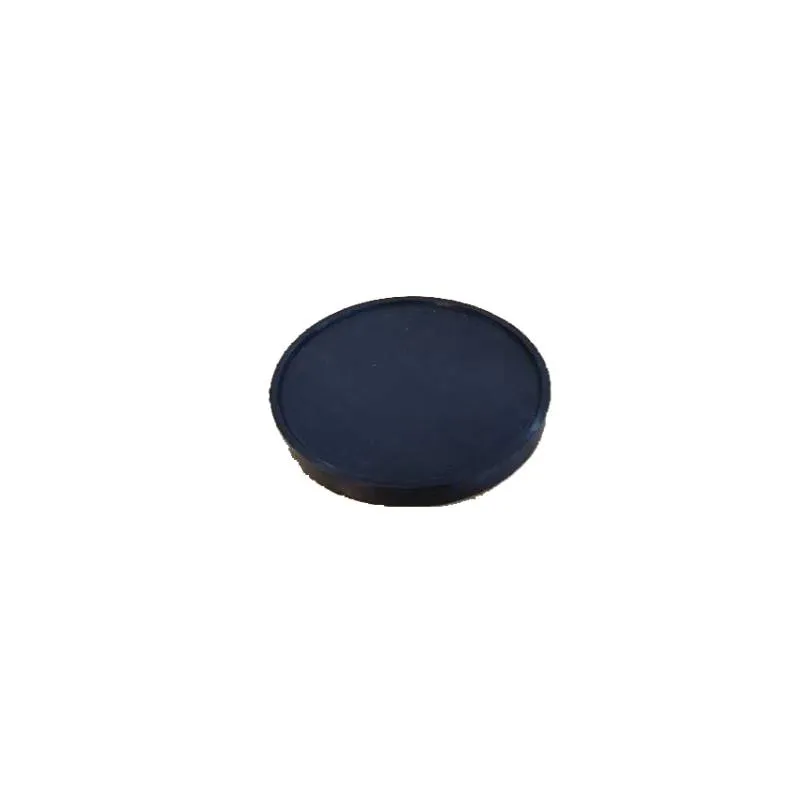
Typical Rubber Cover Cap Specifications
The Precision Behind the Product: Manufacturing Process of Rubber Cover Caps
The manufacturing of high-quality rubber cover caps is a sophisticated process that demands precision engineering and meticulous quality control, far removed from the generalized methods like casting or forging often associated with metal parts. The primary manufacturing techniques employed for rubber components include compression molding, injection molding, and transfer molding, each selected based on product complexity, volume, and material properties. Compression molding is ideal for medium-volume production of simpler designs, where uncured rubber compound is placed into a heated mold cavity, which is then closed under pressure, causing the material to flow and cure into the desired shape. Injection molding, by contrast, is highly efficient for high-volume production of intricate designs, involving the injection of molten rubber into a closed mold under high pressure. This method ensures excellent dimensional consistency and reduces material waste. Transfer molding combines aspects of both, offering a balance of complexity and efficiency. The process begins with raw rubber selection, often sourced from reputable global suppliers who adhere to ISO 9001 standards for material quality. The raw rubber is then compounded with various additives, such as vulcanizing agents, fillers, accelerators, and anti-degradants, to achieve the desired physical and chemical properties like hardness, flexibility, temperature resistance, and UV stability. This compounding phase is critical, as it directly impacts the performance characteristics of the final product. Following molding, the caps undergo a rigorous post-cure process, typically involving heat treatment to fully cross-link the polymer chains and enhance mechanical strength and stability. Quality inspection is paramount, adhering to international standards such as ASTM D2000 for rubber products and ANSI specifications for dimensional tolerances. Automated optical inspection systems, alongside manual checks, verify dimensions, surface finish, and detect any defects. Furthermore, samples are often subjected to performance tests including tensile strength, elongation at break, compression set, and accelerated aging tests to predict long-term durability and ensure the cap's use in various environments such as industrial pipe couplings and oil and gas pipe fittings.
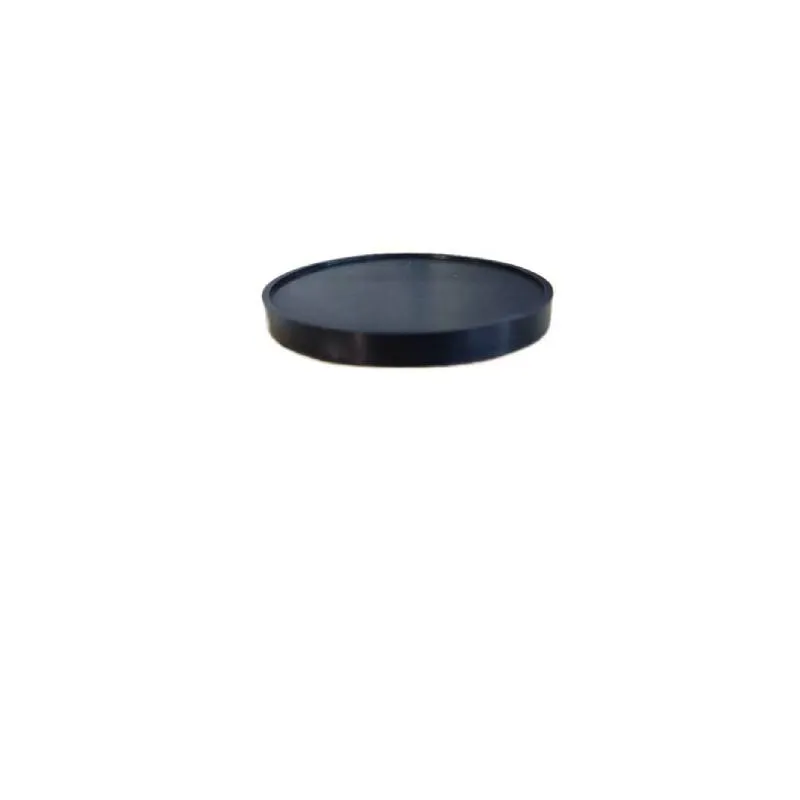
- Material Compounding: Raw rubber, sourced from ISO-certified suppliers, is mixed with specific additives (vulcanizing agents, fillers, anti-degradants) to achieve targeted physical and chemical properties for optimal performance.
- Molding (Compression, Injection, Transfer): Precision molds, often CNC machined for accuracy, shape the compounded rubber under controlled temperature and pressure, ensuring consistent dimensions and material flow for the specific application, whether it's for robust industrial pipe couplings or delicate usb dust cover.
- Post-Cure & Finishing: Molded components undergo secondary heating to complete the vulcanization process, enhancing their mechanical strength and stability. Subsequent steps may include deflashing, trimming, and surface treatments.
- Quality Control & Testing: Adherence to standards like ASTM D2000, ISO, and ANSI. Comprehensive testing includes dimensional inspection, durometer hardness, tensile strength, elongation, compression set, and accelerated aging to guarantee performance and lifespan.
Versatile Applications and Cross-Industry Adoption
The utility of rubber cover caps extends across a myriad of industrial sectors, underscoring their critical role in equipment protection and operational safety. In the oil and gas industry, these caps are indispensable for protecting exposed pipelines, fittings, and valves from environmental corrosion, ingress of sand, dust, and moisture during storage, transportation, and installation, especially for complex oil and gas pipe fittings. They are crucial for maintaining the cleanliness of critical connections like rubber hose pipe connector and industrial pipe couplings, which directly impacts the long-term integrity of infrastructure. Within the petrochemical sector, where aggressive chemicals and high temperatures are commonplace, specialized chemical-resistant rubber compounds ensure the integrity of processing equipment and storage tanks. For the metallurgy industry, including operations involving steel press fittings or other metal components manufacturers, caps prevent oxidation and damage to precision-machined surfaces, ensuring components remain pristine until assembly. In give-and-drainage systems, including those utilizing pvc pipe spare parts, rubber caps provide a reliable seal, preventing contamination and leakage in both temporary and permanent installations. Beyond these heavy industries, their application is diverse: in automotive manufacturing, they protect electrical connectors and hydraulic lines during assembly and shipping; in electronics, small rubber caps serve as usb dust cover or general rubber protective caps for ports and sensitive components, while larger versions protect control panel interfaces. Even in sectors less immediately obvious, such as agriculture or construction, these caps safeguard hydraulic lines, exposed bolts, and vulnerable mechanical parts from environmental elements. The ability of these caps to dampen vibrations also contributes to noise reduction and extended component life, offering an often-overlooked advantage in machinery where industrial pipe fixtures or brass components are prevalent. Their adaptability in protecting both simple plastic part elements and complex custom plastic parts highlights their universal applicability in preventing costly repairs and enhancing overall system reliability, thus contributing significantly to energy efficiency by maintaining system integrity and preventing leaks.

Key Application Industries
- Oil & Gas: Protecting pipelines, valves, and fittings from corrosion and debris, critical for oil and gas pipe fittings and expandable rubber pipe plugs.
- Petrochemical: Safeguarding processing equipment and storage against chemical exposure and extreme temperatures.
- Metallurgy: Preventing oxidation and damage to precision components and metal parts manufacturers.
- Water & Drainage: Sealing pipes and fittings in water treatment and distribution systems, including for industrial pipe couplings.
- Automotive & Electronics: Protecting sensitive electrical connectors, hydraulic lines, and USB ports (e.g., usb dust cover).
Manufacturer Comparison and Customization Expertise
When sourcing rubber cover caps, distinguishing between manufacturers is key to ensuring product reliability and long-term value. Leading manufacturers are characterized by their adherence to stringent quality management systems (e.g., ISO 9001:2015), extensive material science expertise, and advanced manufacturing capabilities. Unlike generic suppliers, top-tier companies invest heavily in R&D to develop proprietary rubber compounds that offer enhanced performance characteristics, such as superior chemical resistance, extended temperature range, or improved UV stability. They also provide comprehensive testing data and certifications, often in collaboration with independent laboratories, to validate product specifications and compliance with industry standards like ASTM, DIN, and ANSI. A critical differentiator is the ability to offer custom solutions. While standard sizes and materials are widely available, many industrial applications, especially those involving unique industrial pipe fixtures or prototype plastic parts, require bespoke designs. This might involve custom dimensions, specialized material formulations for extreme environments, integrated features like venting holes or attachment points, or even specific color coding for identification. Companies excelling in customization employ advanced design software (CAD/CAe) for rapid prototyping and possess in-house mold-making capabilities, which significantly reduces lead times and costs for custom plastic parts or components for complex industrial pipe couplings. For instance, a client requiring caps for a new generation of oil and gas pipe fittings might need a specific internal profile to ensure a secure fit under high vibration, or a custom blend of rubber that resists a newly developed aggressive drilling fluid. The ability to consult, design, manufacture, and validate such tailor-made solutions sets an authoritative manufacturer apart. Furthermore, reputable manufacturers offer robust technical support, assisting clients in material selection, design optimization, and troubleshooting, ensuring that the chosen cap perfectly aligns with the application's demands, unlike suppliers who might focus solely on standardized metal components manufacturers or plastic wheel manufacturers.
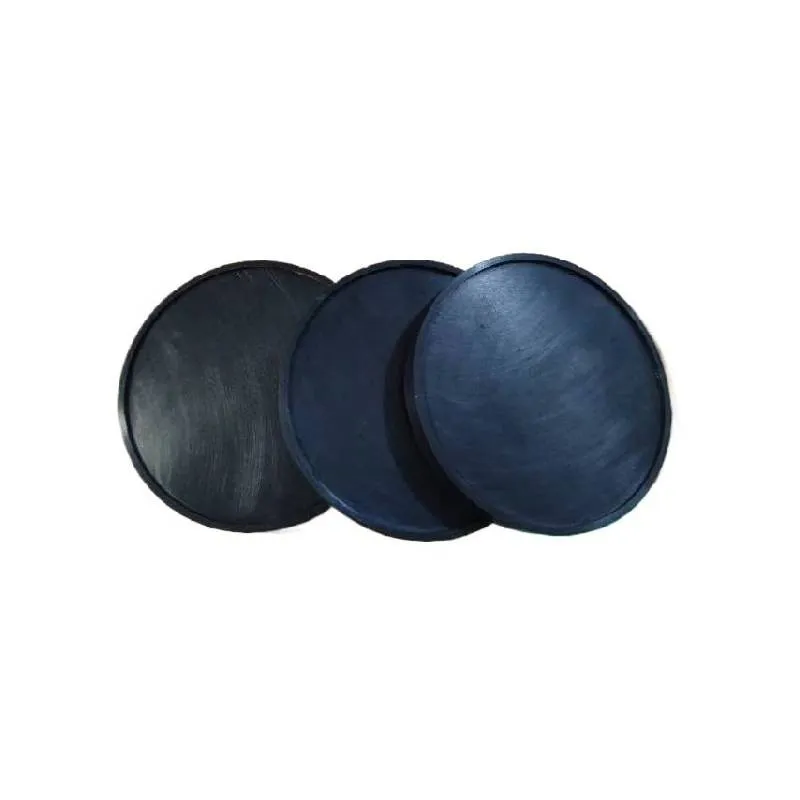
Key Differentiators in Manufacturer Selection
Case Studies and Real-World Impact
The tangible benefits of high-quality rubber cover caps are best illustrated through real-world application cases. One notable example comes from a major energy infrastructure project in the Middle East, where hundreds of kilometers of new pipelines were being laid. Exposed pipe ends, ranging from 6-inch to 48-inch diameters, faced severe degradation from desert sands, extreme UV radiation, and rapid temperature fluctuations during storage and transit. Initial use of standard plastic end caps proved insufficient, leading to embrittlement, cracking, and eventual contamination of pipe interiors, necessitating costly cleaning operations before welding. A switch to custom-engineered EPDM rubber caps, specifically designed with enhanced UV stabilizers and thicker walls, drastically reduced material degradation. These specialized rubber protective caps maintained their integrity for over 18 months in harsh outdoor conditions, preventing ingress of sand and moisture, and saving the project an estimated $1.5 million in rework and cleaning costs over a single phase. Another compelling case involves a large-scale machinery manufacturer producing industrial pipe couplings and intricate brass components for heavy equipment. During the assembly and shipping phase, sensitive hydraulic ports and threaded connections were vulnerable to impact damage and dust accumulation. Implementing custom-molded Neoprene rubber caps with integrated pull-tabs significantly improved protection, reduced assembly line damage, and simplified removal at the client site. The client reported a 70% reduction in damage-related rejections for shipped components, leading to higher customer satisfaction and substantial savings in warranty claims. These examples underscore that while the unit cost of a cap might seem small, its strategic value in preventing significant downstream costs and ensuring operational continuity is immense, providing robust buffering performance similar to dedicated Buffer Pads.
Application Scenarios & Benefits
- Energy Sector Pipelines: Protects large diameter pipe ends from environmental factors during storage and transportation, reducing corrosion and internal contamination.
- Manufacturing Equipment: Safeguards sensitive ports, threads, and connectors on machinery like plastic parts washer, during assembly, shipping, and storage.
- Aerospace Components: Provides precision protection for hydraulic lines and delicate avionics parts against debris and static discharge.
- Fluid Power Systems: Ensures cleanliness and integrity of hose lines and fittings, critical for preventing system failures and maintaining optimal fluid dynamics.
- Construction Equipment: Shields hydraulic cylinder rods and exposed moving parts from dust, dirt, and moisture on heavy machinery.
Ensuring Trust and Reliability: Quality Assurance and Customer Support
For B2B decision-makers, trust and reliability are paramount, especially when investing in critical components like rubber cover caps. A reputable manufacturer prioritizes comprehensive quality assurance throughout the entire production lifecycle, from raw material procurement to final product delivery. This includes rigorous incoming material inspection, in-process quality checks at every molding stage, and final product testing against defined performance metrics. Adherence to international quality management standards, such as ISO 9001, is non-negotiable, providing a structured framework for consistent quality. Beyond certification, robust warranty policies and clear statements on product lifespan, based on extensive accelerated aging tests, build further confidence. For instance, a typical warranty for a high-quality industrial rubber cap might range from 1 to 5 years, depending on the material and intended application, with an expected operational lifespan often exceeding a decade under specified conditions. Furthermore, transparent delivery cycle management is crucial; leading suppliers provide accurate lead times for both standard and custom orders, leveraging efficient supply chain logistics to minimize delays. For example, standard orders might ship within 3-5 business days, while complex custom plastic parts or metal fabrication parts could have a lead time of 4-6 weeks for tooling and initial production. Post-sales support is equally vital. This includes accessible technical support lines, detailed product documentation, and a responsive customer service team capable of addressing inquiries, facilitating returns, or assisting with reorders efficiently. The provision of an intuitive FAQ (Frequently Asked Questions) module on their website or in product guides can further empower customers to find quick answers to common queries regarding installation, material compatibility, or storage requirements. This holistic approach to quality and support ensures that clients receive not just a product, but a reliable solution backed by a commitment to long-term performance and partnership, providing peace of mind whether dealing with complex industrial pipe couplings or simple plastic part applications.
Frequently Asked Questions (FAQ)
Q: What is the typical lifespan of a rubber cover cap in an outdoor industrial environment?
A: The lifespan varies significantly based on material, environmental exposure (UV, ozone, extreme temperatures), and chemical contact. High-grade EPDM or Silicone caps can last 10-15 years in outdoor conditions, while standard NBR might have a shorter life of 5-8 years, especially if exposed to sunlight or specific chemicals.
Q: Can these caps withstand corrosive chemicals or high-pressure cleaning?
A: Yes, with the right material selection. FKM and HNBR compounds offer excellent resistance to a wide range of chemicals and fuels. For high-pressure cleaning, the cap design and fit are crucial to prevent dislodgment. Always specify your operational environment for precise material recommendation.
Q: What is the lead time for custom-designed rubber cover caps?
A: For custom designs, the lead time typically ranges from 4 to 8 weeks, encompassing design review, mold fabrication (if new tooling is required, which is common for custom plastic parts or metal lathe parts), sample production, and approval. Repeat orders for existing custom parts have significantly shorter lead times.
Q: Are your rubber cover caps compliant with environmental regulations?
A: Absolutely. Our products are manufactured to comply with international environmental standards such as RoHS and REACH, ensuring they are free from hazardous substances. We also adhere to strict waste management protocols in our manufacturing processes.
Conclusion: Optimizing Industrial Integrity with Advanced Protection
In summation, the strategic selection and deployment of high-performance rubber cover caps represent a critical investment in maintaining the operational integrity and extending the lifespan of valuable industrial assets. Far from being simple accessories, these engineered components are vital safeguards against environmental degradation, mechanical damage, and contamination across a vast spectrum of industries, from the rigorous demands of oil and gas fittings to the precision requirements of electronics and automotive manufacturing. The emphasis on advanced material science, precision molding techniques, and rigorous quality control, underscored by adherence to international standards like ISO and ASTM, ensures that these caps deliver consistent, reliable protection. The ability of leading manufacturers to provide bespoke solutions, tailored to the unique dimensional and environmental challenges of specific applications, further cements their value proposition, whether for protecting complex industrial pipe couplings or customized metal components. As industries continue to evolve, facing new challenges related to extreme environments, stringent regulatory compliance, and the relentless pursuit of operational efficiency, the role of specialized protective elements will only grow. By choosing a partner committed to innovation, quality, and comprehensive customer support, businesses can significantly reduce maintenance costs, minimize downtime, enhance safety protocols, and ultimately contribute to a more sustainable and resilient industrial future. The long-term savings generated by preventing corrosion, contamination, and damage far outweigh the initial investment, making rubber cover caps an indispensable component in any robust asset protection strategy, ensuring that critical connections like rubber hose pipe connector and industrial pipe fixtures remain shielded and functional.
References
- ASTM International. (2023). Standard Specification for Rubber Products in Automotive Applications. Retrieved from ASTM.org
- International Organization for Standardization. (2023). ISO 9001: Quality management systems – Requirements. Retrieved from ISO.org
- Materials Science and Engineering: An Introduction, 10th Edition. (2020). Callister, W. D., & Rethwisch, D. G. John Wiley & Sons.
- Rubber Technology: Compounding and Testing for Performance. (2018). Bhowmick, A. K., & De, S. K. CRC Press.
- The Future of Global Industrial Protective Solutions Market 2023-2030. (2023). Market Research Report.
-
Understanding PVC Pipe Fittings, Custom Plastic PartsNewsAug.04,2025
-
The Essential Guide to High-Quality Metal Building Components for Modern ConstructionNewsAug.04,2025
-
Precision OEM Metal Parts: The Definitive Guide to Sourcing ComponentsNewsAug.04,2025
-
Next-Generation HDPE Pipes and Fittings: Engineered for Maximum ResilienceNewsAug.04,2025
-
The Essential Guide to Rubber Strips, Bungs for Industrial and Home UseNewsAug.04,2025
-
Engineered Rubber Components: A Comprehensive GuideNewsAug.04,2025
-
Types of PVC Pipe Fittings for Water Supply Elbows Tees and CrossesNewsJul.18,2025



